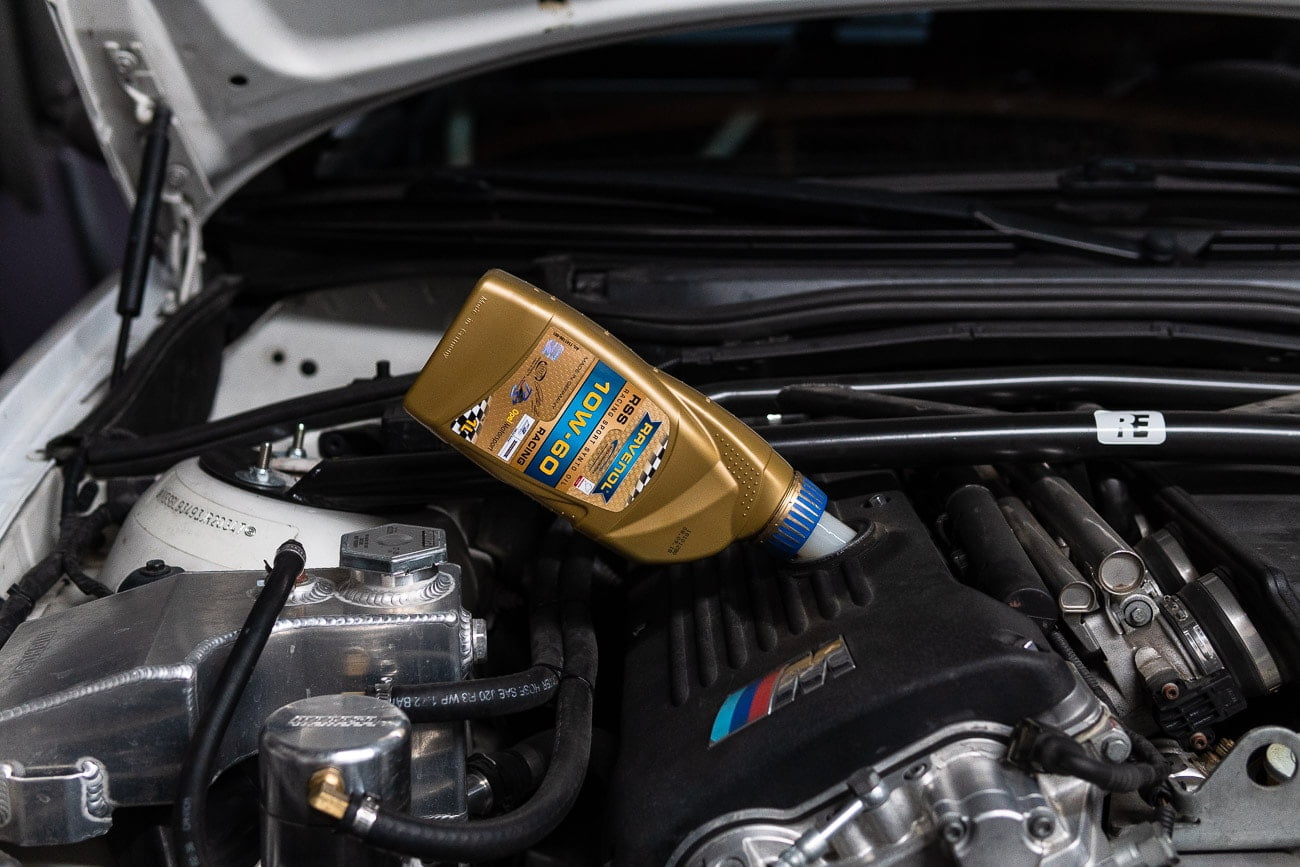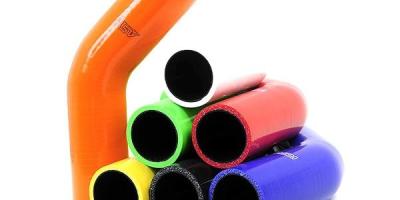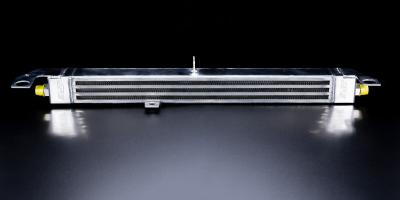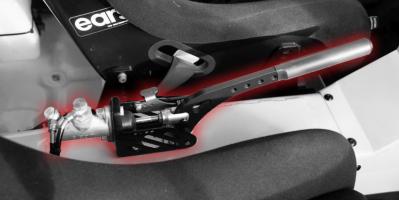Engine oil is a lubricant that plays a key role in ensuring the smooth running of an internal combustion engine. It lubricates moving parts, reduces friction and minimizes wear, which is essential for long life and proper engine operation. The oil also helps to keep the engine clean by removing impurities such as dust particles and deposits while forming a thin protective film throughout the engine to protect against corrosion.
An important role of engine oil is also cooling various parts of the engine from the heat generated during the combustion process. In production cars, where the oil cannot cool down properly, the oil overheats, which reduces its frictional abilities and viscosity. The oil is thus unable to properly lubricate the moving parts, and engine damage occurs with prolonged use of such overheated oil.

Newer engines use the so-called water-oil exchangers. This system indirectly connects the water and oil lines, which ensures a faster heating of the oil itself at start-up and thus the lubricant reaches the correct operating temperature faster, but at the same time the coolant cools the oil and maintains it at the same temperature values as the coolant itself. This system works only until one of the mentioned liquids exceeds the standard operating values leading to both of the liquids overheating at the same time, which negatively affects the engine's operation.
In all moving parts where friction occurs, heat is generated, which needs to be regulated and cooled. An oil cooler is used to eliminate oil overheating. We can find this part in motorsport or more powerful production vehicles, either for cooling engine oil, power steering oil, transmission oil or differential oil. The cooling method when using an oil cooler is simple and similar to cooling water in a water radiator. The oil flows through the fins of the radiator and the rush of air while driving or when the fan is on cools it. The cold oil then travels directly to the engine where it cools the moving parts and keeps them in the correct temperature for their most ideal functioning.
After exchangers, the most widely used (mainly in motorsport) are multi-row oil coolers. Folded (bent) oil coolers are the most affordable and at the same time provide an ideal level of cooling. Their advantage is simple installation and a number of dimensions from which you can choose, whether it concerns the size itself or the outputs. The best sellers are 13, 16 or 19 rows when used on serial or lightly modified vehicles. For high loads and especially when drifting, where there is no impact cooling, it is recommended to use a larger cooler, ideally 25 row and larger ideally in combination with a suction or blow fan.
- ADVANTAGES: simple installation, available in a number of dimensions and outputs, low price
- DISADVANTAGES: resistance up to 10 bar, low impact resistance, outputs on one side

Power steering oil coolers or transmission fluid coolers are installed in vehicles from the factory in the form of a hardline tubing bent in the front part of the vehicle or the cooler itself. These coolers are installed on the return side of the liquid between the steering and the container, where the pressure is no longer in the tens of bars as on the opposite side of the steering system. The oil cooled in this way is returned to the container, where it further cools and then returns to the steering. In the event that the OEM cooler is not enough, or your car does not have one, you can reach for the above-mentioned several in-line coolers or ones dedicated to this hydraulic system. They consist of a bent pipe with a number of cooling fins, which have the purpose of better heat distribution and subsequent cooling. In some cases, they contain internal steel vanes to accelerate the fluid flow.
- ADVANTAGES: easy installation, light weight, low price
- DISADVANTAGES: low damage resistance

Welded aluminum oil coolers, are identical to stacked multi-row in-line ones, but they can withstand higher pressures (15+ bar) and with their offset outlets, they ensure that the liquid passes through the entire cooler and therefore uses the entire cooling surface to ensure perfect cooling. The robust construction ensures maximum resistance even against mechanical damage, which is an advantage especially in motorsport, where the conditions of use are uncompromising. Leaking oil can cause permanent damage to the engine, so a more durable cooler is a big advantage. It is available choose from several variants of inputs and outputs or overall dimensions as in the case of other coolers.
- ADVANTAGES: high resistance to damage and pressure, high flow, ideal oil cooling, large volume, welded construction allows any adjustments
- DISADVANTAGES: higher price, higher weight, need to use fittings

The cooler is installed at the output from the oil filter or pressure output from the engine (in the case of engine oil cooling). Installation is simplified by oil filter adapters or relocator adapters, where it is possible to connect the cooler directly by using rubber or Teflon hoses and fittings. With such a setup, you can also install a thermostat, which will regulate the flow of oil to the radiator according to the temperature, which ensures faster heating of the oil and its subsequent regulated cooling. As already mentioned, in order to ensure maximum efficiency, it is advisable to install a fan or a set of fans, which will ensure a constant flow of air and thus reduce the temperature even without air pressure. We recommend making or purchasing airflow guides/ducts or a sahara to increase cooling efficiency.

In our offer, you will also find OEM oil cooler replacements. They are a direct replacement and in the maximum dimensions provided by the place where they are installed. Made of aluminium, they are more durable and provide more cooling airflow. Plug 'n' play installation can be done in a few minutes and in this case, no additional modifications are required.
- ADVANTAGES: direct replacement for the original cooler, without additional modifications
- DISADVANTAGES: higher price, less reduction in oil temperature compared to additional oil coolers, limited size due to installation location
Most production vehicles do not provide information about the oil temperature, so the fact that you have overheated oil may not be known to you, or you will only find out about it from unfavourable sounds coming from the car (such as overheated hydraulic valve tappets). For a better indication of the temperature your oil reaches, it is advisable to install an oil temperature gauge, the sensor of which can be installed using an oil pressure sensor reduction or also an oil cooler system in the case of an oil filter adapter. Last but not least, together with the oil cooler, the use of a suitable viscosity of oil comes into consideration, after the use of an adequate additive.
In case of any questions, do not hesitate to contact us and we will be happy to help you choose the right product.























